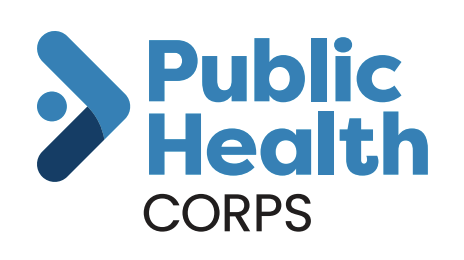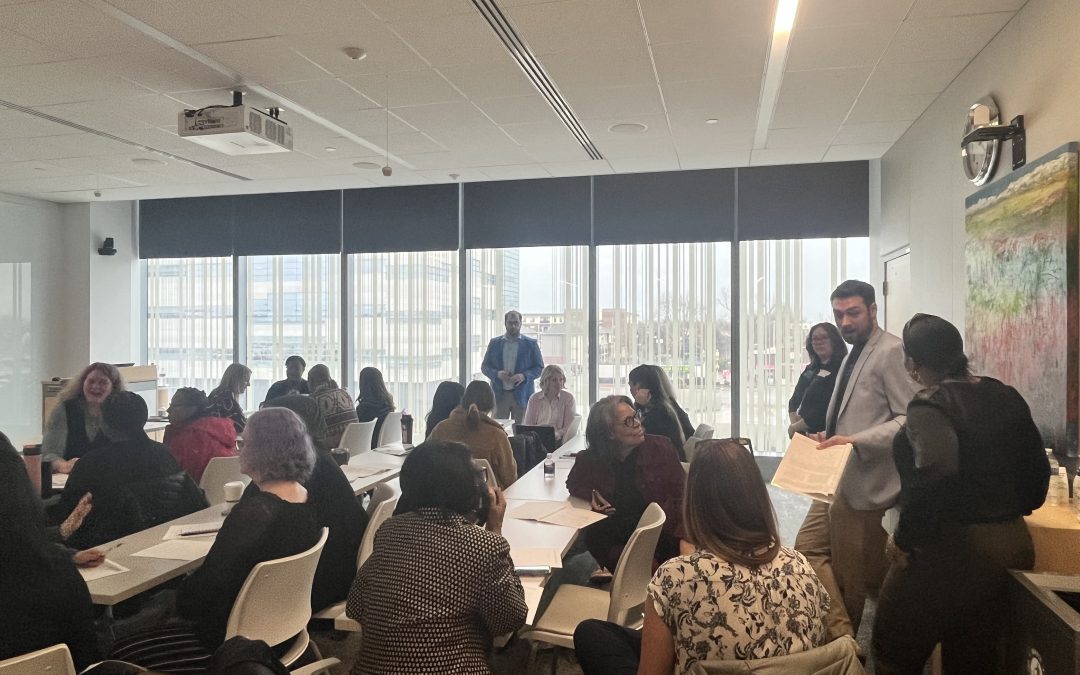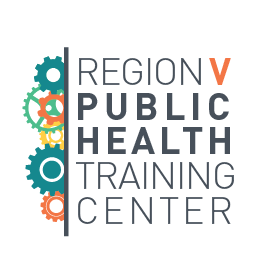
Jun 18, 2025 | Health Equity
The Public Health Corps gave me an opportunity to explore the field of public health from directly within it. With a jarring start to being an adult, and feeling utterly lost as to what my path and career would look like, the Corps has been an invaluable source of stability and education. This article is a very brief collection of my experiences and takeaways from my service term, as well as reasoning for my optimism about the future of public health, from the perspective of someone just beginning a potential career.

Dec 3, 2024 | Community Engagement, Data, Health Equity
To address gaps in data for populations historically un- or underrepresented in existing sources, community-led data collection was incorporated into Kent County’s 2023 Community Health Needs Assessment (CHNA) process. Twelve organizations were paid to lead surveying efforts in their communities, resulting in a diverse convenience sample and disaggregated data for priority populations.

Nov 1, 2024 | Health Equity, Policy
Your voice, and your vote, are vital for shaping healthier communities. This blog post explores the connections between democracy and health, as well as ways to promote civic engagement.

Nov 1, 2024 | Community Engagement, Health Equity, Policy
Well-resourced civic infrastructure and active civic participation can improve health. Both allow communities to tap the collective knowledge, wisdom, and action priorities of residents. Strengthening democratic processes and assuring access to civic and voter participation is necessary to advance health and racial equity.

Jun 27, 2024 | Health Equity, Racial Equity
As COVID-19 deaths decline, overdose deaths continue to rise, with death rates spiking in communities of color (AMA, 2023), where fentanyl has entered the drug supply of stimulants as well as heroin.

Jun 20, 2024 | General RVPHTC, Health Equity
As we draw our second health literacy conference to a close, we will work with attendees on the action items they developed during our conference in the following months to assist public health-focused organizations in becoming more health literate while improving community engagement and access to care. Striving to provide educational opportunities resulting in calls to action is key to reducing barriers and creating more health literate organizations.






